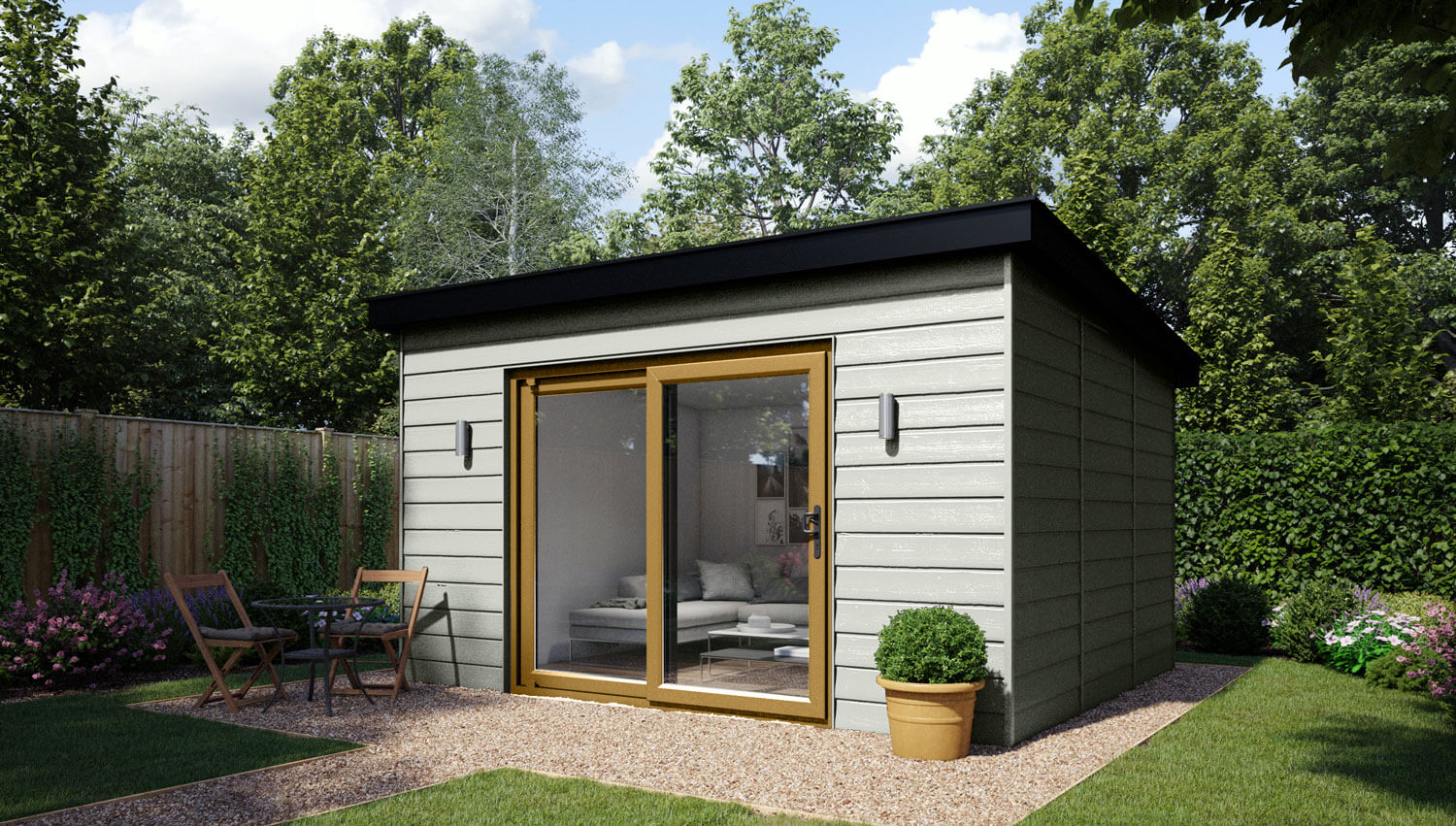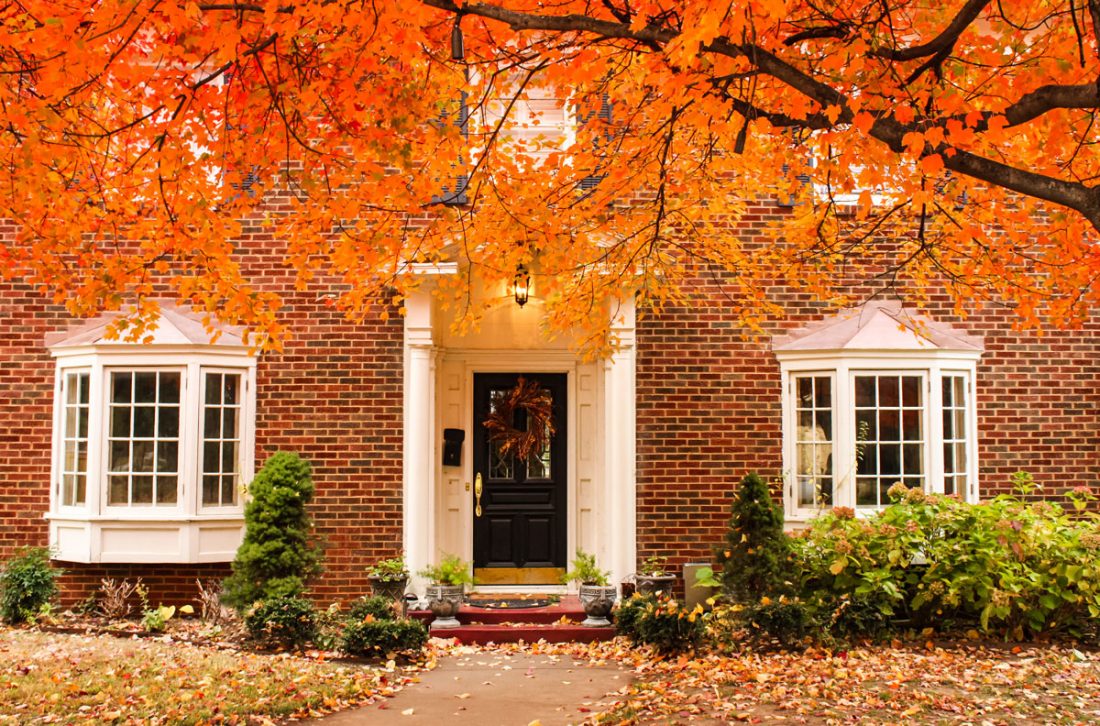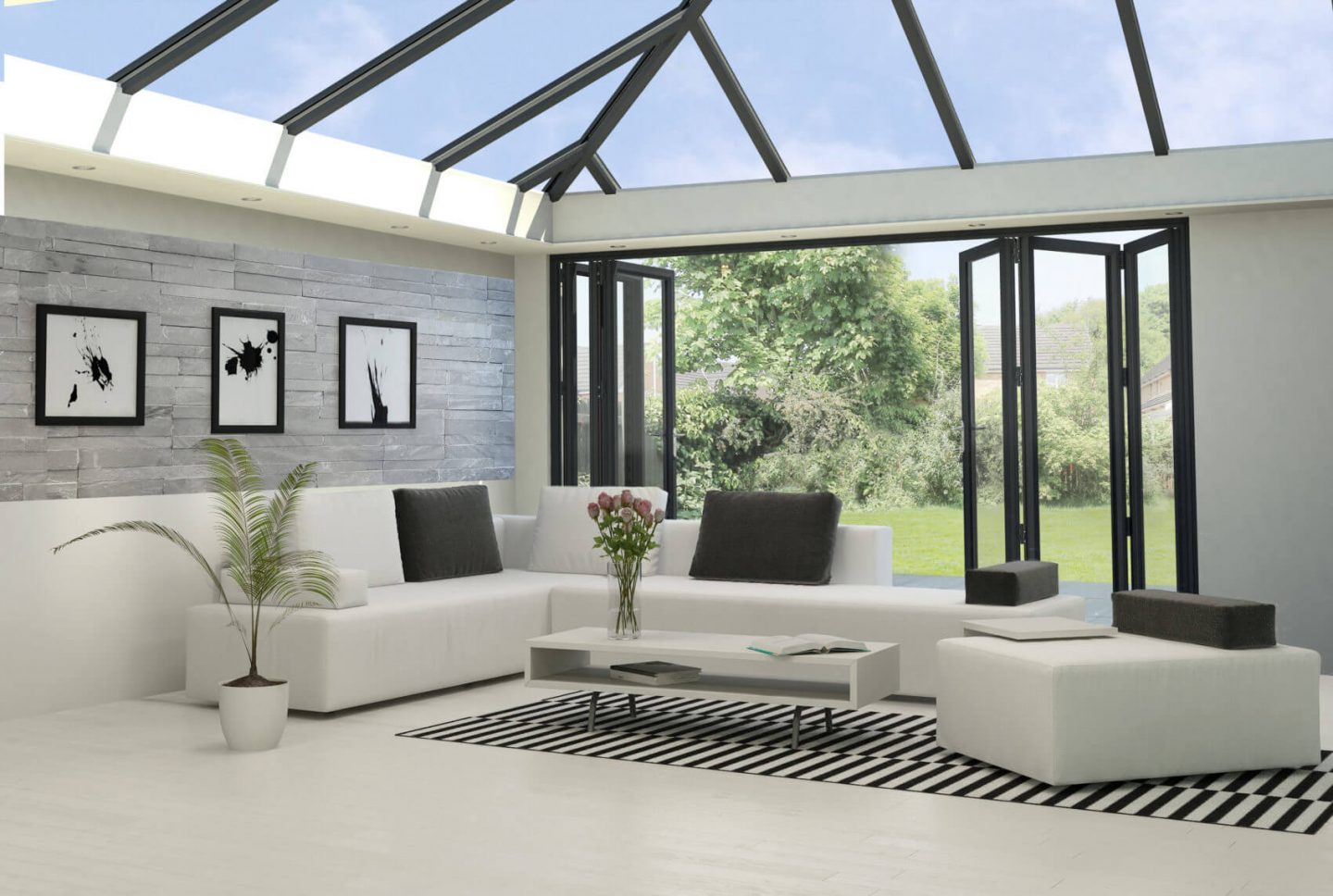When Does a Conservatory Become a House Extension?
At Leekes, we install many conservatories and house extensions. Although the words are used interchangeably, conservatories and extensions offer different benefits. In this article, we will explore what point a conservatory becomes an extension.
When installing a conservatory, it can be built without planning permission. This means you don’t need planning permission for your conservatory as long as extensions aren’t added that will block out your neighbours’ privacy. Furthermore, if the conservatory’s space is smaller than half the area around your original house, or if it doesn’t exceed 4 meters in height.
Another reason your conservatory doesn’t need planning permission is that if you have a conservatory installed at the front of your house, it isn’t close to any footpath.
As previously mentioned, there are key differences between a conservatory and an extension. An extension usually contains a solid roof and skylight, while conservatories are constructed with 75% glass. Both options will give you plenty of natural light, making your space bigger. Conservatories are traditionally attached to the back of the home, which create a seamless space with your garden. However, if you want a tiled roof for your property, you will not need to worry about planning permission. A conservatory is cheaper than a house extension and easier to maintain.
In comparison to a conservatory, an extension is more habitable and versatile. They offer a sleek and attractive design that can be used for many purposes. The designs can be used as a playroom, an extra guest room, or a kitchen and dining area. They are more thermally efficient than conservatories as they keep your house warmer in the long run.
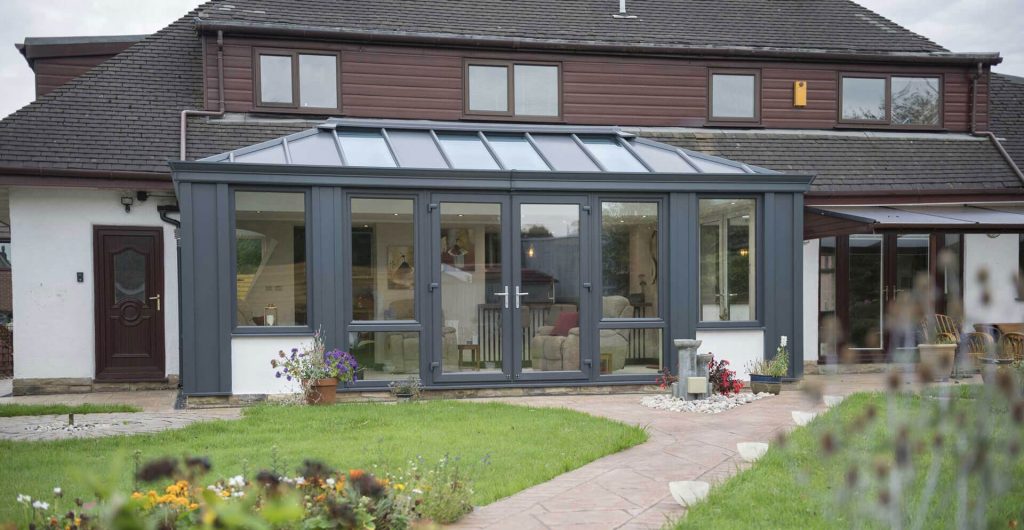
However, because this is a worthwhile home improvement, installing an extension requires planning permission and building regulations. Speak to your local council and apply for permission but make sure that your home isn’t in a conservation area. Otherwise, you won’t be allowed to make any changes.
It is also important to get the foundations approved by the LABC because this could affect the quality of the room and the extension. If this is done incorrectly, your health and safety will be at risk.
There are other benefits to expanding your conservatory to turn it into an extension. House extensions offer outstanding thermal efficiency because they support double and triple glazing. This will save money on your energy bills.
It is important to examine the conservatory walls. Extensions will support solid walls, which can be fitted right around your conservatory, replacing the glass with new windows. This will help increase the comfort in your space, making it warmer, safer, and more secure. With a solid wall, the heat won’t be able to escape, saving you money on your energy bills in the long run. This will give you outstanding heat retention, making the extension more usable. Solid walls will also help prevent rainwater from entering your property, ensuring that they are extra soundproof. This is ideal if you live in a noisy neighbourhood because the outside sounds will get blocked out.
Adding new doors to your conservatory makes a massive difference to your home as you will bridge the gap between your new extension and your garden. This brings a closer connection to your home and adds more natural light to your property. An extension supports bifold doors, which operate on an inline slider. This allows you and your family to get in and out of your garden easier.
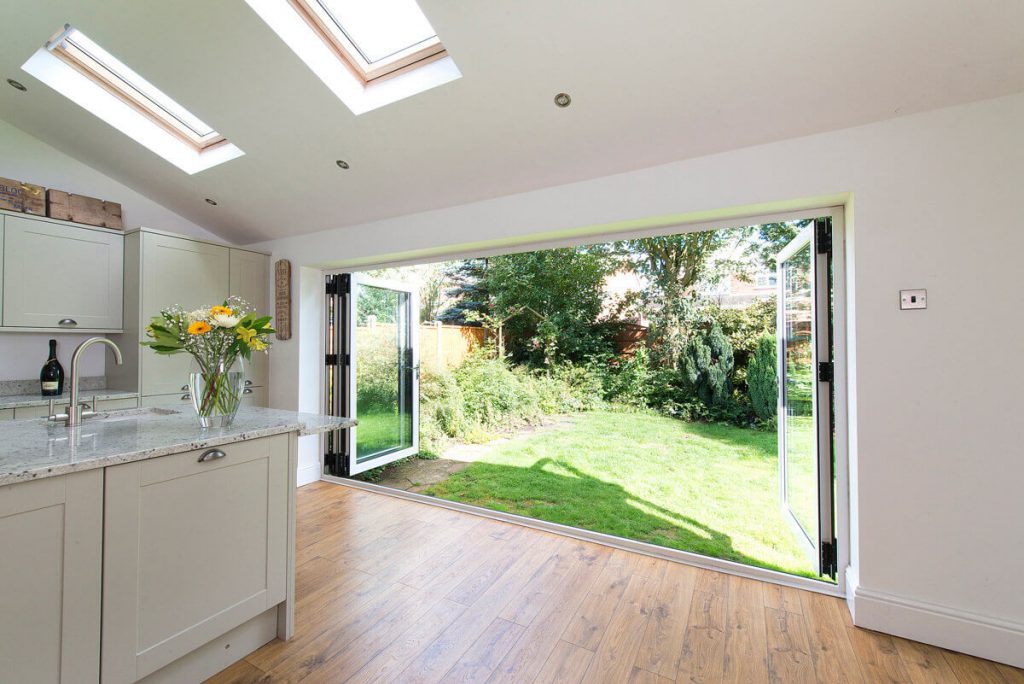
Conservatories use a glass roof, but to become an extension, they will need to be replaced with a solid roof. Solid roofs are more common amongst homeowners because they offer outstanding insulation and durability. You can also customise the conservatory ceiling or invest in a roof lantern to suit your needs. Tiled roofs are ideal for traditional designs because they are lightweight, protecting you from the elements. The small gaps stop rainwater from seeping into your home.
The cost to turn a conservatory into a house extension varies. For example, if you want to replace a Victorian Conservatory roof with a tiled replacement roof, you could pay around £4,740. Solid walls and bifold doors can also raise the price.
At Leekes, we are here to help convert your conservatory into an extension. It will help save money on energy bills and protect you against tough weather conditions.
If you want to find out more information, fill in our online contact form or call us on 0800 038 5355. Our friendly team is on hand to answer any questions you have about building your new extension.
Categories: Conservatories, Leekes-Blog
Tags: conservatories, house extensions, when does a conservatory become a house extension?
